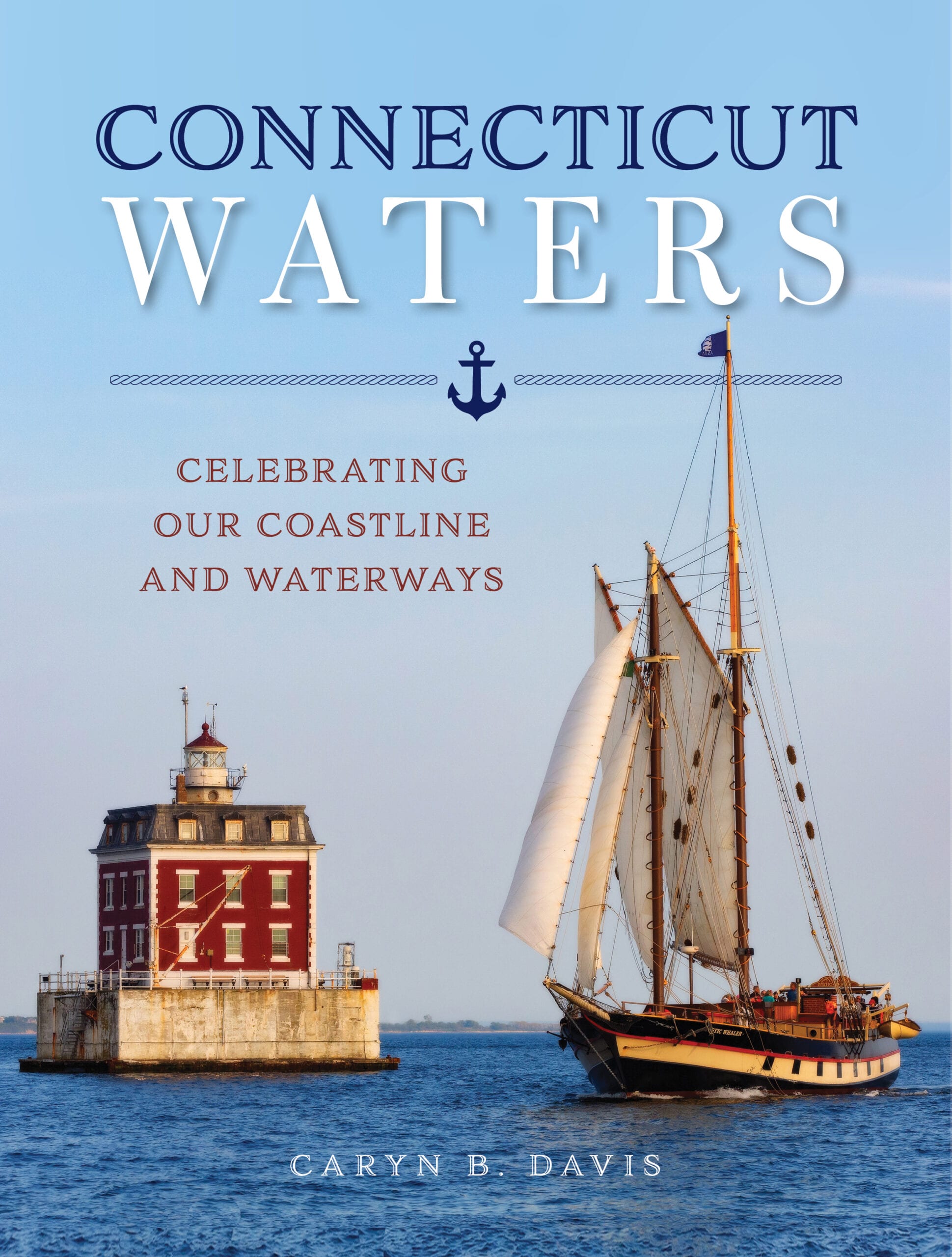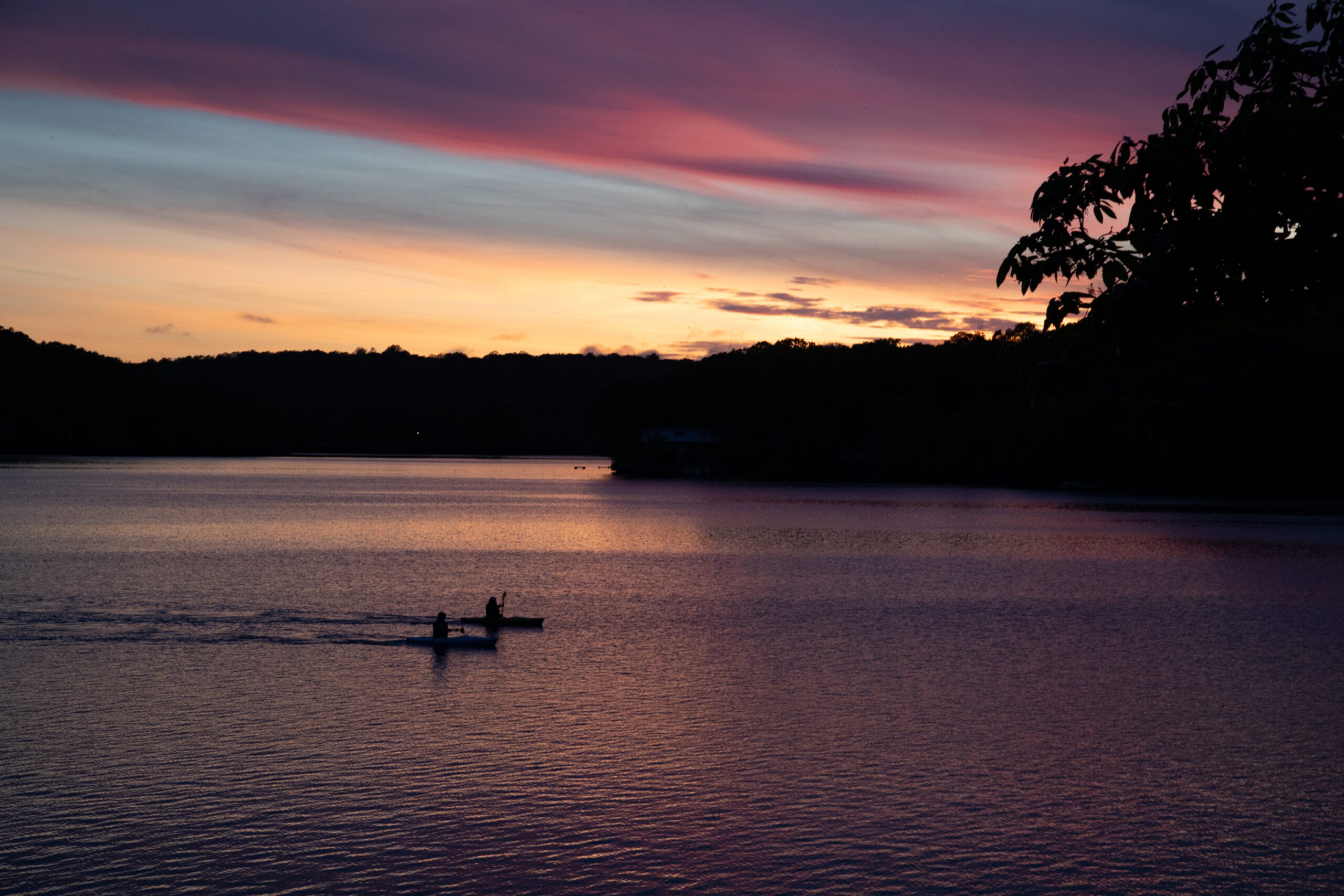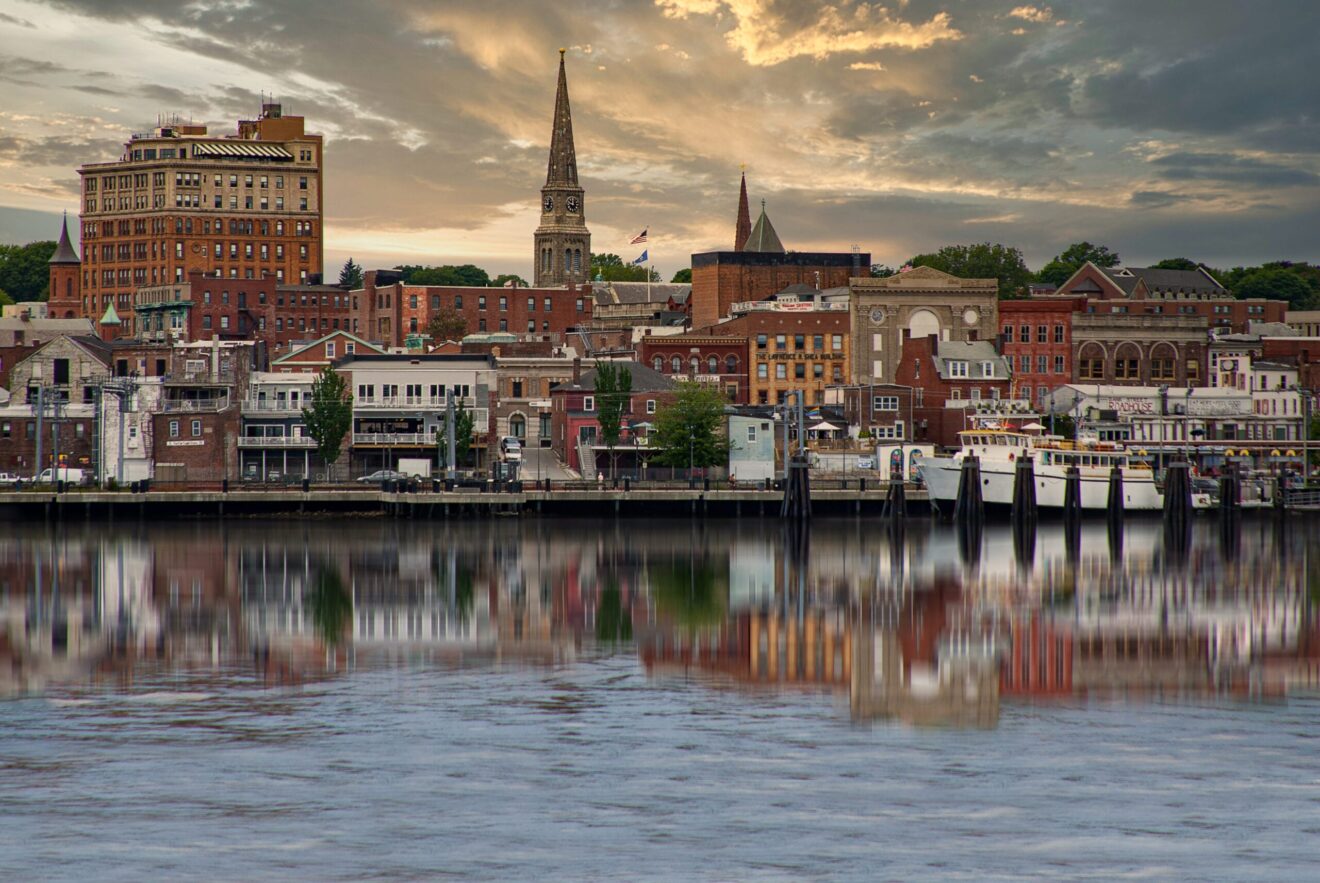Lyme-based photographer Caryn B. Davis has released her second photography book, Connecticut Waters: Celebrating our Coastline and Waterways – part travel guide, part visual exploration of all the ways the people of Connecticut use our waterways for work and for fun.
The book is out now from the Globe Pequot Press.
Davis spoke with CT Examiner about what she’s learned on her journeys across the lakes, rivers and sound of Connecticut. Responses have been edited for clarity and length.
What made you decide to document the waters of Connecticut?
There’s a lot going on here for such a small state. We have all kinds of industry and history, and ways that we use the water. We have shad on the Connecticut River, we have an oyster industry like Norm Bloom and Son going on their fourth generation, we have Electric Boat building submarines, we have the Coast Guard Academy.
I really didn’t want to do a book about yachting and boating, I felt like that had already been done. I wanted people to understand the range of the water we live side-by-side with around the state. In addition to the beaches, we have all these amazing state parks and forests and land trusts, and as you’re walking, there’s water everywhere.

I want people to think about how lucky they are to be around it. Especially with COVID, being surrounded by all this natural beauty and the water can be very calming for people. I’m so lucky to live on Rogers Lake because it’s such a rejuvenating space.
I hope that by getting people out on the water, they’re going to put their iPhones down for a little bit and enjoy the natural world. I can’t tell you how many times I’ve been on lighthouse cruises when people are just on their phone and missing the entire event — the history that’s being told about the lighthouses, the joy of being on the water, and the fresh air, and being with their families.
It’s partly a travel guide, because I wanted people who might not know how they can access the water to be able to get out on the water. I also wanted to highlight our maritime roots and offer ways for people to experience the maritime history of our state. I thought it was important to show the educational vessels in our state, the Amistad replica and schooner Brilliant at Mystic Seaport. History really teaches us about who we are as a culture.
How did you come to be so interested in the water?
I worked in the film and video archives at Mystic Seaport where there was a man named Irving Johnson and his wife Exy who had sailed around the world seven times and they donated all their film footage. I had the pleasure of archiving it and I was just fascinated by all the places they had gone to.
I love to travel, so all that really fascinated me. While I was at Mystic Seaport, I saw an ad in a wooden boat magazine looking for brave souls to sail around the world. So I sold everything and moved to New Zealand to crew on an old cargo ship. I sailed from New Zealand to Norfolk Island in the South Pacific and I stayed on that island for four months.
I’m not a good sailor, I’ll say that. I have sailed from Halifax, Nova Scotia up to Newfoundland, and I sailed locally for a while. But when I came back from Norfolk Island, a magazine called Offshore was looking for a Connecticut photographer, so I started photographing for boating magazines.
What did you want to highlight with your photographs?
Because I had worked for the boating magazines, I knew some of the people and what they were up to. The wooden boat builders, the snack shacks, nautical arts and the fishing industry were all obvious choices to highlight.
I wanted to highlight the wooden boat builders and the wooden boats because these are works of art and they’re a dying breed. It’s a lot of money, and it’s a lot of time and upkeep to maintain these historic wooden vessels, and if people don’t want to do it, they’re just going to disappear.
“Salty dogs” was kind of a surprise to me. I didn’t know I was going to do that chapter, but I started thinking about people who have dedicated their life to the sea completely and given up time with their families to do it.

I really wanted to capture the majesty of the Connecticut River. I even went up in a plane, but it was so big, your eye had nowhere to land in the photograph. You know, it’s 410 miles from Canada all the way to Old Saybrook, that could have been its own project, really. So I opted to get smaller vignettes.
The only reason this area is safe from industry and development at the mouth of the river is because of the eternally shifting sandbars that kept them from building. We’re really lucky, otherwise it wouldn’t look the way it looks right now.
What moments or photographs from this project stood out to you? Do you have any favorites?
Meeting up with Danny Russell, the shad fisherman, at 4:30 in the morning, that was pretty amazing.
I took this beautiful photograph of New London from the water. I really love it because I love architecture. It’s a beautiful city and it just looked gorgeous on this particular morning from the water.
I loved a photograph that I got of swallows in Old Lyme, because the light was just exquisite that night. I was really happy with those because I didn’t always have the luxury of being out on a boat at the best time of day.
There’s a great image from the Avery Point Cardboard Boat Race, where one of the kids, the second he gets into the water his boat collapses, and he was in like three feet of water. He spent all that time building that boat, and it immediately collapses, but he’s just hysterically laughing because it’s such a great time. That’s the quintessential joy that people get from being on the water.
This story has been corrected to say that Davis worked in “boating” magazines, not “boring” magazines. 🙂

